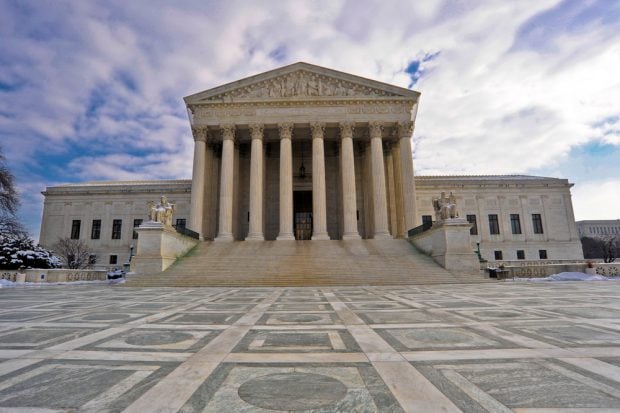
Is it a disaster? To quote ESPN sports broadcaster Lee Corso:“Not so fast, my friend.”
|We have noticed a lot of recent discussions about the exposurecredit unions have had to long-term assets and wanted to point outthat it may not be as bad as some folks think.
|According to a June 5, 2014, article from The Wall StreetJournal, “Credit unions' net holdings of long-term assets, ameasure of exposure to rising interest rates, rose to an all-timehigh at the end of 2013 to 35.85% of total assets, according to theNCUA. The increase comes as some credit unions are adopting laxstandards for mortgage and home-equity loans and lines of creditreminiscent of those leading up to the financial crisis, accordingto interviews. Credit unions also are extending the duration oninvestments like mortgage bonds, regulatory data show.”
|The article implied that a higher net long-term assets ratioresults in an increased asset-side interest rate risk.
| The definition of long-termassets in the NCUA's FPR User's Guide is “Net Long-TermAssets/Total Assets Ratio: The sum of real estate loans which willnot refinance, re-price or mature within five years, memberbusiness loans, investments with remaining maturities of more thanthree years, NCUSIF deposit, land and building, and other fixedassets divided by total assets.”
The definition of long-termassets in the NCUA's FPR User's Guide is “Net Long-TermAssets/Total Assets Ratio: The sum of real estate loans which willnot refinance, re-price or mature within five years, memberbusiness loans, investments with remaining maturities of more thanthree years, NCUSIF deposit, land and building, and other fixedassets divided by total assets.”
Surprisingly enough, variable rate investments are considerednet long-term assets while variable rate real estate loans are not.Credit unions can buy variable rate investments to mitigate therisks associated with rising interest rates, yet see their netlong-term asset ratio worsen.
|In essence, a credit union could have longer-term investmentswhose rates change in 36 to 60 months (think 5/1 ARMS), yet havetheir net long-term assets ratio imply that an increased interestrate risk exists, when that risk does not.
|With loan-to-asset ratios nearing an all-time low, investmentsare becoming an increasingly larger factor in net interest incomeand that is what ultimately pays the bills. Historically, boards ofdirectors have properly focused on lending while treatinginvestments as the leftovers.
|Currently, with investments making up approximately one-third ofcredit unions' balance sheets, it is of the utmost importance toensure that the second biggest asset class does not present aninordinate amount of interest rate risk going forward.
|Yet, the net long-term assets ratio does not take variable rateinvestments into account. Therefore, the ratio is a flawedmeasurement of interest rate risk and WSJ, if they had conductedmore research, would have noted that point.
|We could be poised for higher short-term interest rates in thenear future and the cost of funds of many credit unions is tied toshort-term rates as opposed to long-term rates. The net long-termassets ratio does not adequately measure the interest rate risk ininvestment portfolios. Instead, credit unions should use their ownALM models to determine exposure to rising rates and to ensure thatthe variable rate component of their investment portfolio issufficient to offset the fixed rate component of the loanportfolio.
|Thomas Bonds is owner of Bonds Capital Group and a SVP atInvestments Professionals Inc. He can be reachedat 205-383-8980 or [email protected].
|
Complete your profile to continue reading and get FREE access to CUTimes.com, part of your ALM digital membership.
Your access to unlimited CUTimes.com content isn’t changing.
Once you are an ALM digital member, you’ll receive:
- Critical CUTimes.com information including comprehensive product and service provider listings via the Marketplace Directory, CU Careers, resources from industry leaders, webcasts, and breaking news, analysis and more with our informative Newsletters.
- Exclusive discounts on ALM and CU Times events.
- Access to other award-winning ALM websites including Law.com and GlobeSt.com.
Already have an account? Sign In
© 2024 ALM Global, LLC, All Rights Reserved. Request academic re-use from www.copyright.com. All other uses, submit a request to [email protected]. For more information visit Asset & Logo Licensing.









